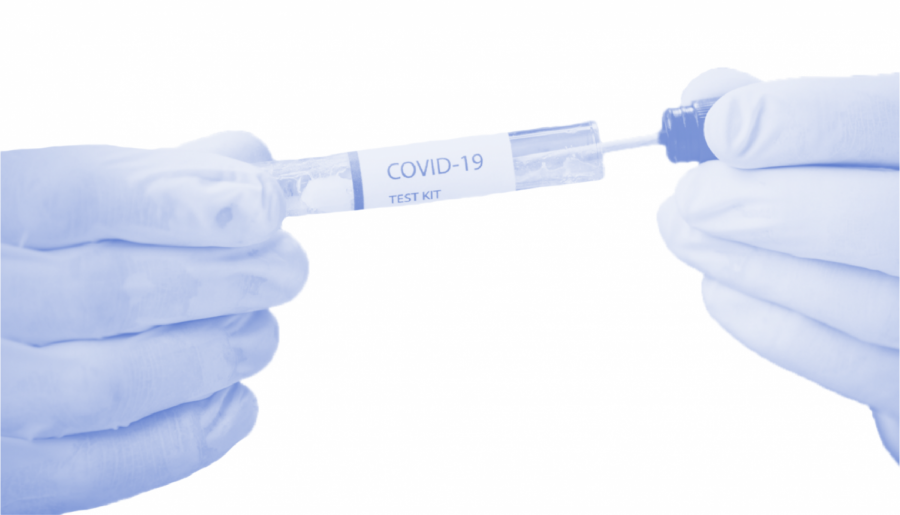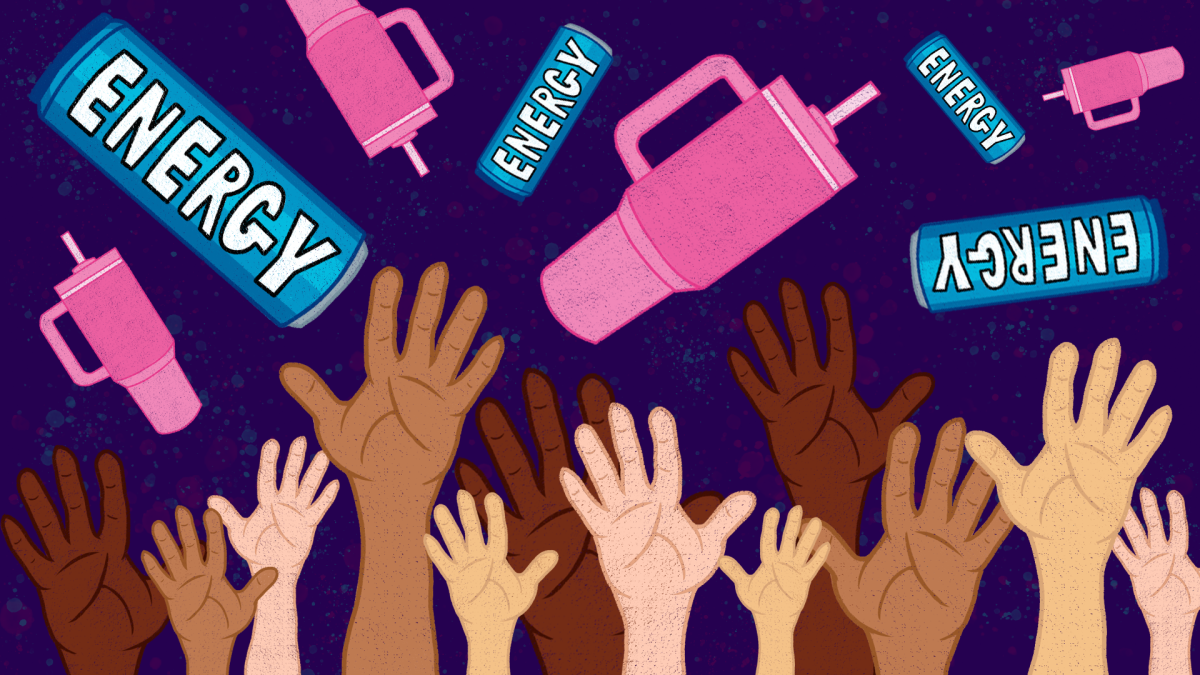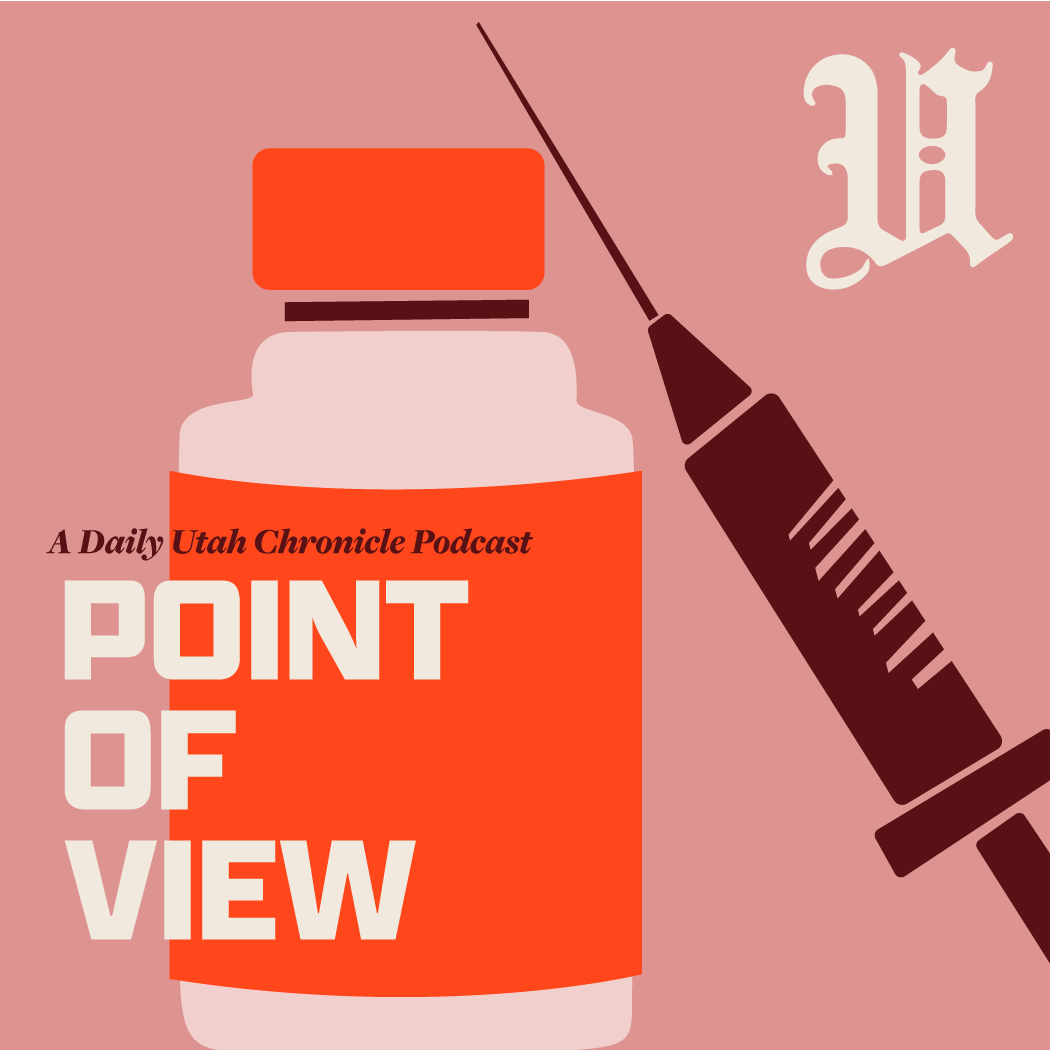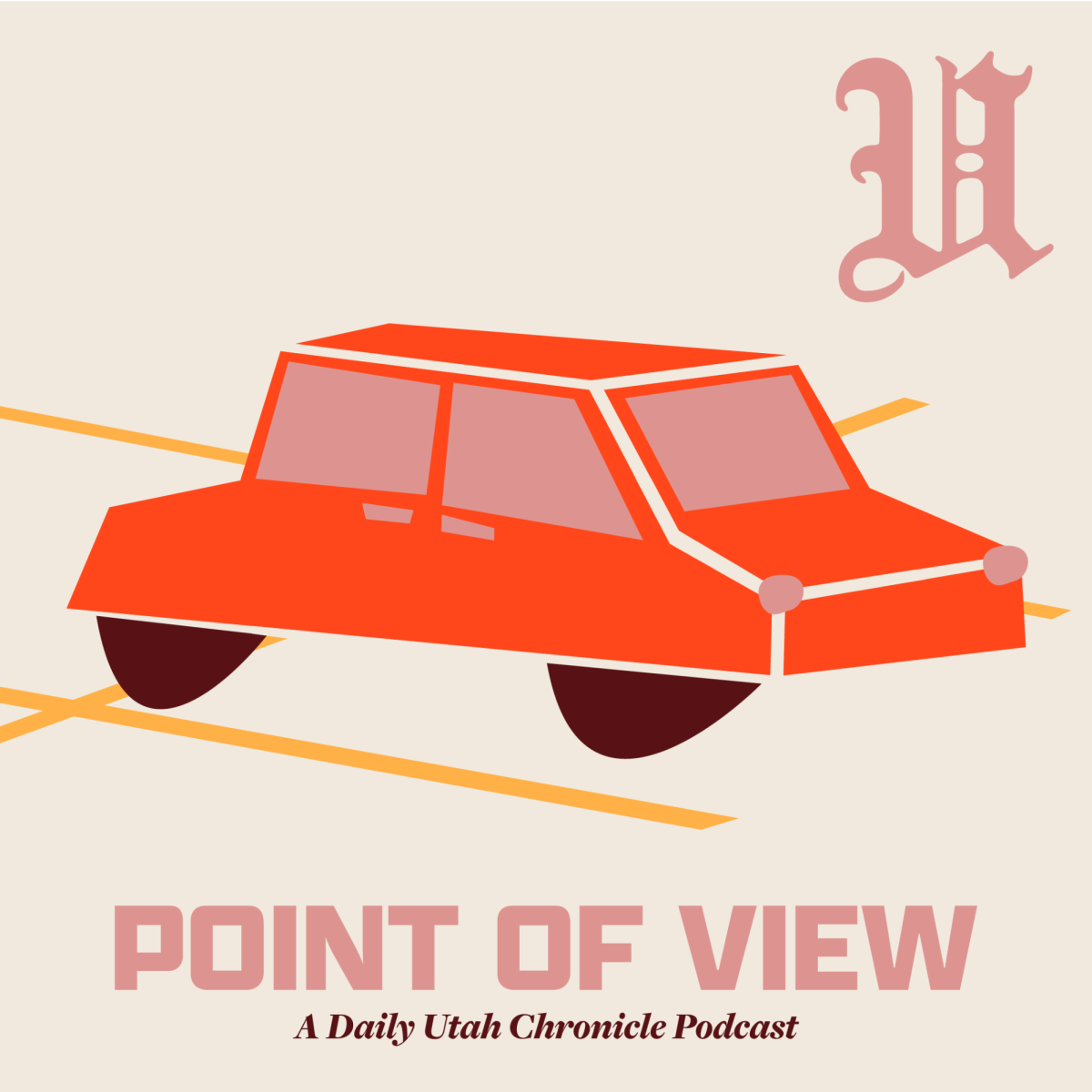Potentials in Medicine Should be Explored
Bailey Shelden
Medical marijuana is a popular and controversial topic in society today, as there are now 28 states that have made medical marijuana legal. Federally, all forms of marijuana are illegal as it is still classified as a Schedule 1 drug. The Drug Enforcement Agency states that, “Schedule I drugs, substances, or chemicals are defined as drugs with no currently accepted medical use and a high potential for abuse.” The more we learn about medical uses for marijuana the harder that classification is to justify. It turns out there are a lot of uses for marijuana when used correctly.
Before we dive into how marijuana can be used medicinally, let’s look at the components of marijuana. The two active ingredients that are most talked about are cannabidiol (CBD) and tetrahydrocannabinol (THC). Each of these chemicals has a different effect on the human body. CBD affects the brain without the high while THC relieves pain, other ailments, and is responsible for the high. These two chemicals come into play when talking about medicinal applications.
Much of the research about the medical effects of marijuana is just beginning, but there are some very promising signs already. Back in 2013, Sanjay Gupta shocked viewers by reversing his stance on medical marijuana in part because of a five-year-old girl named Charlotte who suffers from Dravet Syndrome. Dravet Syndrome, a form of epilepsy, causes seizures and developmental problems. After running out of other options Charlotte’s parents made the controversial decision to try medical marijuana. They were not giving their child the marijuana we normally think of. Charlotte is being treated with a very specific strain of marijuana that is low in THC, but high in CBD. The doctors who suggested the treatment say the CBD interacts with the brain to quiet the excess activity that causes seizures. Charlotte’s parents say she went from having 300 seizures a week to once a week because of medical marijuana.
The American Cancer Society has marijuana listed under Complementary and Alternative Medicine and explains how marijuana can help cancer patients. Small studies have been done and show that smoking marijuana can help treat nausea and vomiting caused by chemotherapy. A few studies have also found smoking marijuana helps with neuropathic pain or pain caused by damaged nerves. While those results are recent, studies have shown for years that patients who took marijuana extracts generally needed less pain medicine.
Dr. Jeremy Spiegel, a well-respected psychiatrist, talked about the use of medical marijuana on the Optimal Living podcast. A full transcript of the podcast is available online and there are many good points made throughout. One of the studies Dr. Spiegel mentions is from 2008 where subjects were given cannabis and then had their brains scanned by a special MR to produce pictures of threatening faces. This study, published in the Journal of Neuroscience, found that the THC helped lower anxiety in the brain when presented with a threat.
Dr. Spiegel also spoke about his own experience with using medical marijuana as a treatment for patients. He said that, “If you closely examine the use of conventional treatments, you will notice the same distribution, the same bell curve. There are those for which a single medication, what we like to call monotherapy, is effective, others need augmentation with additional medications, and some squeak by with a lessening of symptoms but far from what might be called a vast improvement. It’s no different with medical marijuana than it is with the standard canon of psychopharmacological agents.”
The true extent of medical marijuana is in the future for now, but science is showing us that marijuana can be helpful. There is incredible potential in medical cannabis, we simply have to take the time to study it. Twenty-eight states agree that marijuana has true medical uses and in time maybe more will join them.
Legalization shouldn’t be public Priority
Emma Tanner
Fuel for the “should marijuana be legal” debate is intensifying as more and more states around the country consider legalizing use, following examples set by states like Colorado, Washington, New Jersey, Oregon and more. I’ve always supported exercising independent human rights over creating sanctioned federal and state behavioral regulations. It’s important to grant people their will as long as their behaviors don’t interfere with the rights and well-beings of others. Marijuana use, and more specifically medical marijuana has had me on the fence nearly the entire time its legalization has been disputed.
There are some pros to medical marijuana legalization. I’ve seen it work “miracles” in chemo patients who give everything their bodies have to fight cancerous cells. Marijuana seems like the only source of relief with what is believed to be insignificant consequences to adult users, especially when taken orally in oil or vapor form rather than through smoking, which leads to inhaling poisonous carcinogens. The drug can also aid in stimulating appetite which again, can be helpful to those battling cancer, as well as to people who suffer from eating disorders like anorexia nervosa. There have also been cases where patients with chronic pain from injuries, body wear and tear, etc. believe the cannabis drug is the safest form of pain management because it seems less risky than taking stronger controlled narcotics, like oxycodone. Aside from pain management and stimulating appetite, which seem like some of the more legitimate reasons to endorse medical marijuana use, states around the country allow its treatment of illnesses like Alzheimer’s, Autism and HIV.
I understand condoning the minimization of pain and suffering through a patient’s prolonged endurance of incurable disease, or never-ending pain. I’d probably be tempted to smoke a joint or two (or 10) if I was suffering from intolerable migraines, or advanced Huntington’s. Where I feel the most worry is with medical legalization leading to an increase in recreational use, which in turn leads to an increase in overall public abuse. Now, I realize that the “slippery slope” argument doesn’t fly with most of you well-educated collegiates. However, the drug’s legalization, even medically, would expand into excessive recreational use, especially among adolescents, which is where most of my concerns lie. According to an article by Jennifer Graham of The Deseret News, after Colorado declared in 2009 that it wouldn’t hold medically treated users legally accountable for their drug use, “the number of registered medical marijuana patients… went from less than 3,000 to more than 100,000… And not all that increase was accounted [for] by medical marijuana card holders; some of those users were youths.”
It’s important to understand that in states like Colorado where drug use is a major source of state revenue and tourism, it’s likely that young people have become sort of numb to its usage and effects. According to the Foundation For A Drug Free World, marijuana can have some serious side effects — side effects that are often overlooked, or dismissed in areas where its use is wide-spread, and even considered “safe.” Some short and long-term consequences, as discussed on the Foundation’s website are: decreased memory and reaction capabilities, increased susceptibility to strokes and STI’s (seven times more likely), decline in IQ, a drop in motivation and other negative behavioral changes. These all may interfere with healthy social interactions, work ethic, professional dependability, competency and more.
At the end of the day, maybe it’s fine to legalize medical marijuana and maybe it’s even fine to allow recreational marijuana use. But I’m not alone in my concerns and it isn’t unreasonable to believe that these steps towards vast legalization will act as catalysts in perpetuating excessive drug use among all ages. As of now I feel there are plenty of ways for people to get high, cope with illness, override pain, etc., and I’m not convinced that legalizing another drug is where our best interests lie. I think it’s risky and legislations such as these always bear unintended consequences. To pretend otherwise would be to support the levels of delusion and ignorance we believe are developing in the youth and young adults of cannabis-infused states such as Colorado. Marijuana is a drug and it has side-effects. Continuing to strive for its legalization as “the safe drug” shouldn’t be a public priority.























Kelly • Apr 1, 2019 at 1:32 pm
Just a heads up: Autism is a neurological order, not an illness or a disease. Framing it as such only perpetuates harmful stereotypes.
Kelly • Apr 1, 2019 at 1:33 pm
*disorder*
sorry, typo
Kelly • Apr 1, 2019 at 1:35 pm
This is the quote I’m referring to:
“Aside from pain management and stimulating appetite, which seem like some of the more legitimate reasons to endorse medical marijuana use, states around the country allow its treatment of illnesses like Alzheimer’s, Autism and HIV.”